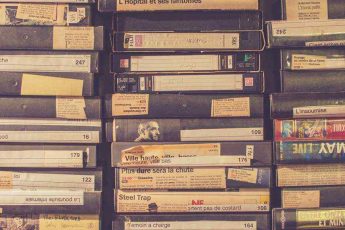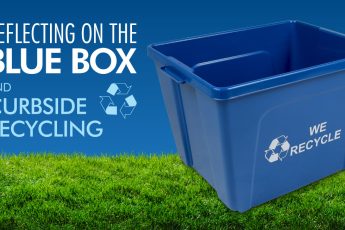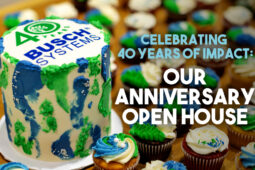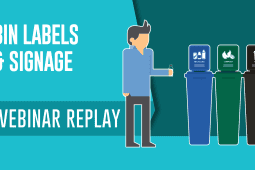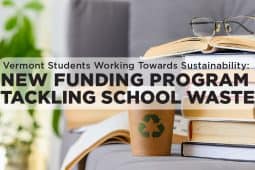Maine’s current diversion rate has stagnated at 40% over the past few years and the state is attempting to figure out different ways to get to their goal of 50% diversion, which the state hoped to hit in 2014.
To get to their goal, the state has initiated pay-as-you-throw programs, local transfer stations now collect organics and yard waste, and curbside food pickup has been made available in some areas. Even with these collection tactics in place, Maine still can’t get their diversion waste past the 40% mark.
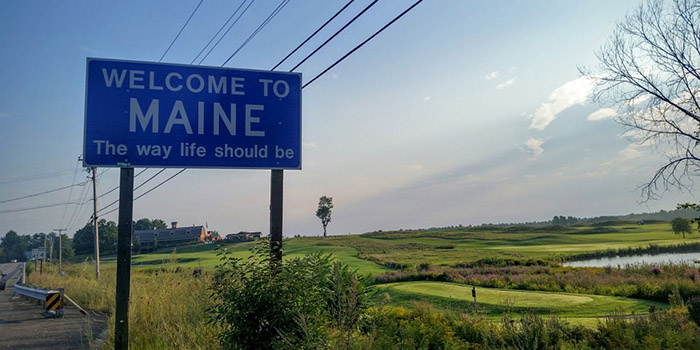
What’s a state to do?
Maine legislators are hoping a new wide-ranging bill overhauling composting and recycling will help get the ball rolling while the Municipal Review Committee, made up of 187 communities, has proposed the opening of a new waste management facility for 2018.
![]()
The New Bill
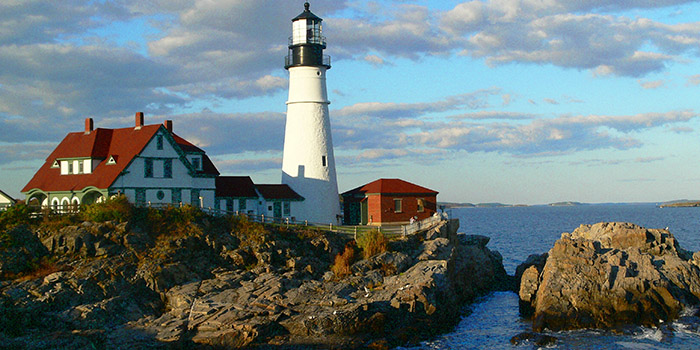
Under the proposed bill, known as Legislative Document 1578, organic collection will be mandatory for large food scrap generators and imposes a fee on material being sent to incinerators, and implements extended producer responsibility for single-use and rechargeable batteries.
Any business that produces 1 ton of food waste a week is required to send their scraps to a composting facility if they’re within 20 miles of one. However, if it proves to be a detriment to business operations, the requirement will be waived.
The bill will lower the current $2-per-ton charge for waste sent to landfills down to $1 and the addition of a material fee on incinerated material will create additional revenue which will help fund a new Maine Composting and Recycling Grant and Low-Interest Loan Program.
The bill also sets the current 50% diversion rate goal to 2021 instead of 2014.
![]()
A New Sorting Facility
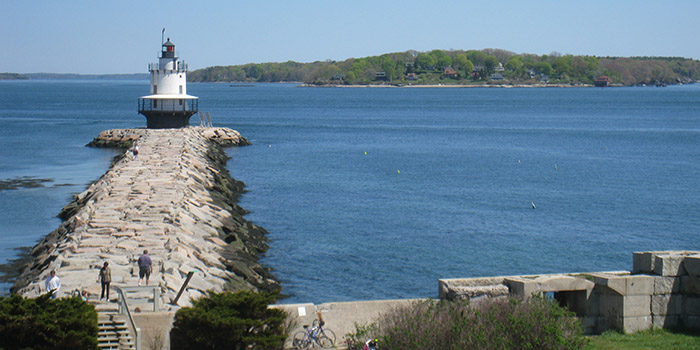
The Municipal Review Committee’s Fiberight project, backed by the Maine Resource Recovery Association (MRRA), looks to help support local recycling and existing infrastructure by providing a new and cutting edge regional single-sort recycling facility.
The new facility sorts material into its different streams, turning un-recyclable material into pulp and sorting curbside materials into separate streams to be baled and sold to commodity markets. Organics will be sorted for material that can be converted into biofuel by creating a digestate fiber that can be used in compost or pelletized for energy recovery.
The entire process can be seen here:
The increased efficiency of sorting material from the waste stream allows for higher quality recycled material that in turn means increased profits for the state of Maine.
Our fingers are crossed that the new bill and new facility will boost Maine’s waste diversion rate to 50% and beyond, the state has definitely taking steps in the right direction.
![]()
Sources
https://mainelegislature.org/LawMakerWeb/summary.asp?ID=280059188
http://resource-recycling.com/node/7087
![]()

